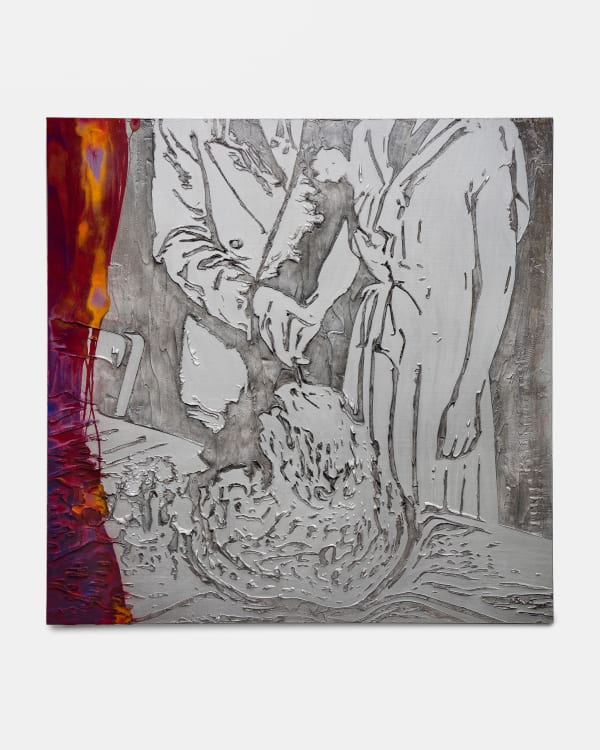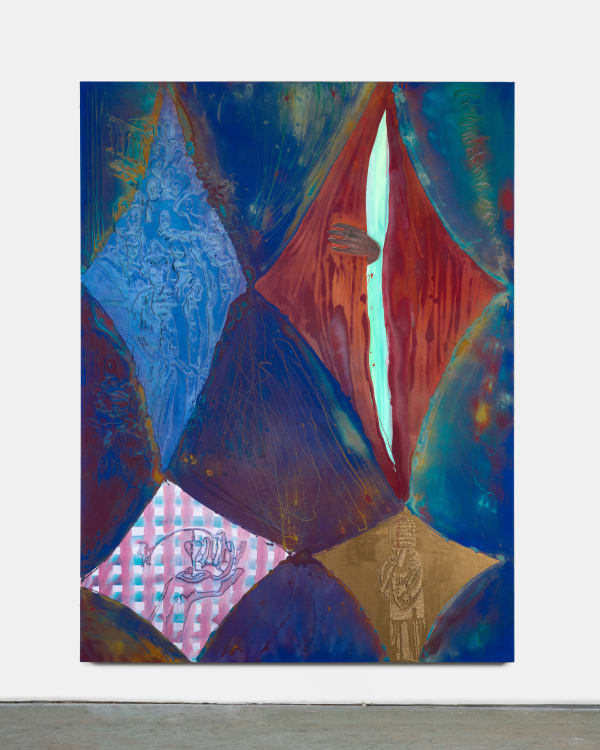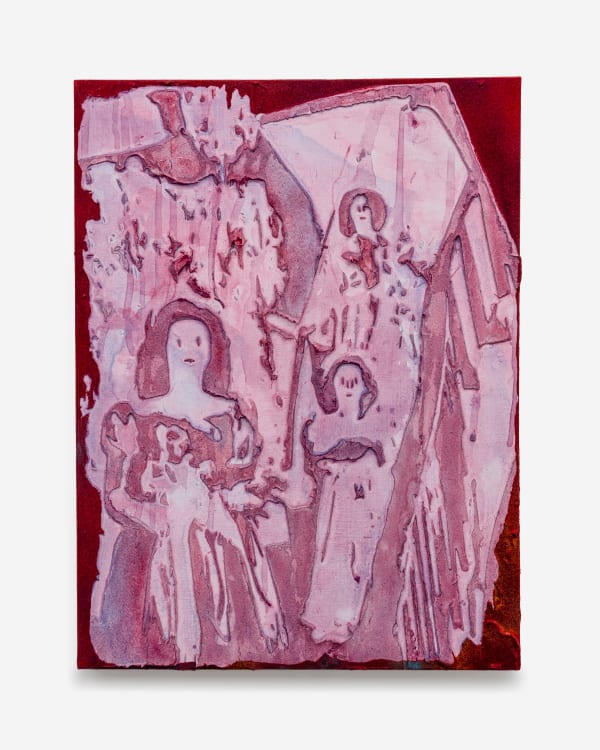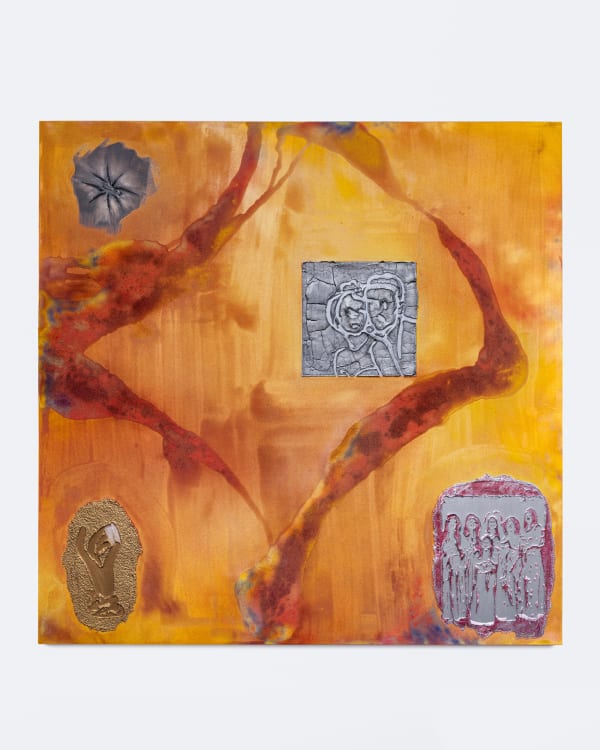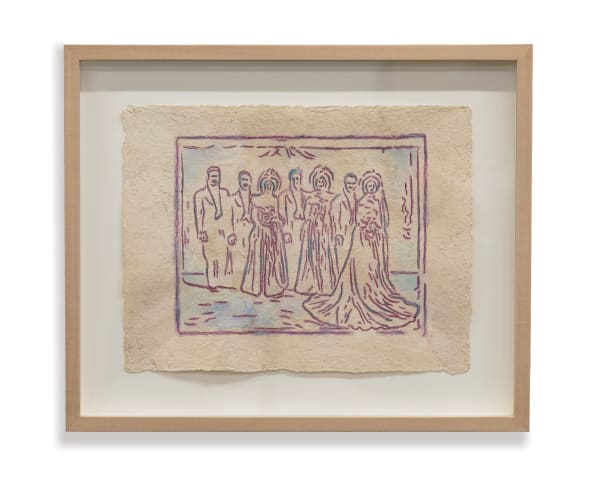-
 Astra Huimeng Wang, A Continuum of Positively Captivating Behavioral Expectations, 2022
Astra Huimeng Wang, A Continuum of Positively Captivating Behavioral Expectations, 2022 -
 Astra Huimeng Wang, Beneath a Dreamy Chinese Moon, Where Love Is Like a Haunting Tun, 2022
Astra Huimeng Wang, Beneath a Dreamy Chinese Moon, Where Love Is Like a Haunting Tun, 2022 -
 Astra Huimeng Wang, The Secret Dramas of the East Begin with a Love Philtre and End with a Death Poison, 2022
Astra Huimeng Wang, The Secret Dramas of the East Begin with a Love Philtre and End with a Death Poison, 2022 -
 Astra Huimeng Wang, You Remember the Story of the Man Who Believed That He Had the Princess of China Shut up in a Bottle. It Was a Form of Insanity. He Was Cured of It, But As Soon As He Ceased to be Mad He Became Merely Stupid, 2022
Astra Huimeng Wang, You Remember the Story of the Man Who Believed That He Had the Princess of China Shut up in a Bottle. It Was a Form of Insanity. He Was Cured of It, But As Soon As He Ceased to be Mad He Became Merely Stupid, 2022 -
 Astra Huimeng Wang, Look, I Love the Business. I Thrive on It. But I Can't Help Wondering If I've Wasted My Life Simply Because of the Old Man Who Ruined the Mouth-wash Commercial…, 2022
Astra Huimeng Wang, Look, I Love the Business. I Thrive on It. But I Can't Help Wondering If I've Wasted My Life Simply Because of the Old Man Who Ruined the Mouth-wash Commercial…, 2022 -
 Astra Huimeng Wang, Safely Back, 2022
Astra Huimeng Wang, Safely Back, 2022 -
 Astra Huimeng Wang, We Were Always Loyal to Lost Causes, 2022
Astra Huimeng Wang, We Were Always Loyal to Lost Causes, 2022 -
 Astra Huimeng Wang, Crowd 1, 2022
Astra Huimeng Wang, Crowd 1, 2022 -
 Astra Huimeng Wang, Crowd 2, 2022
Astra Huimeng Wang, Crowd 2, 2022 -
 Astra Huimeng Wang, Crowd 3, 2022
Astra Huimeng Wang, Crowd 3, 2022
Make Room Los Angeles is pleased to present Astra Huimeng Wang’s first solo exhibition with the gallery, in my experience the spider is the smallest creature whose gaze can be felt. Conceived over the past year, this new body of paintings and sculptures is the result of Wang’s continued dialogue with 19th and 20th century literature, which she mines for descriptions of a “mysterious” Orient collectively imagined by Western writers, seeing them as portals into the realm of fiction. Taking its title from a line in Iris Murdoch’s novel , the exhibition deals with the conflicted, contradictory nature of desire and how a system of fantasy and obsession shapes our perception of culture, class, and social reality.
The unique hand-flocking technique that Wang has developed over the years to produce her paintings and sculptures has its origin in ancient China where it was prized for its ability to transform an object’s surface by giving it a certain depth and richness. In Wang’s practice, flocking becomes a way to signal the theatricality of the situations depicted; it serves as an enacted metaphor for the complicated ways in which art relates to life: embellishing it, distorting it, hiding it, revealing it.
Wang’s compositions combine imagery drawn from memory and literature, as well as archaeological artifacts, advertising, media, and the mass-produced kitsch found on sites like eBay and Taobao, to create new conceptual constellations guided by her dark sense of humor and a fascination with the rituals that codify the experience of love, death, and hygiene in Western culture (such as weddings, funerals, and dentist appointments). While these ceremonies ostensibly celebrate life, beneath them lies another reality, one riven by decay and crisis.
Wang pulls apart and recombines these symbols using a critical, intuitive process that harkens back to the early days of Dada and Surrealist collage. By arranging them as motifs in her compositions, Wang arrives at a point where these images, which are meant to encapsulate desire, cease to be so familiar and take on the sinister strangeness— the sense of suddenly illuminated obscurity—captured by the show’s title: in my experience the spider is the smallest creature whose gaze can be felt . . .

